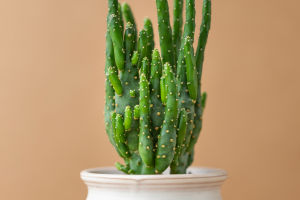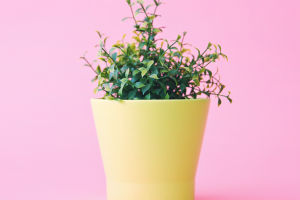Easy Corncockle Care Tips
The Corncockle (Agrostemma githago) is a charming and hardy wildflower with delicate pink-purple petals and long, slender stems. Originally native to Europe, it has since spread across many regions, bringing its striking beauty to gardens and wildflower meadows alike.
Known for its adaptability and relatively easy care, Corncockle is a popular choice for gardeners who appreciate a natural, rustic aesthetic. Here’s how to care for Corncockle flowers and enjoy their vibrant blooms.
1. Ideal Growing Conditions
Corncockle thrives in full sun and well-drained soil. It prefers an environment that mimics open meadows, where it can receive ample sunlight and space to grow. Sandy or loamy soil with a neutral to slightly acidic pH is ideal. Corncockle is quite adaptable, but poor drainage can cause root issues, so avoid planting it in overly damp soil.
Quick Tips for Soil and Light:
Soil: Well-drained, sandy or loamy
Light: Full sun for best growth and blooms
2. Planting Corncockle
Corncockle can be easily grown from seeds. Sow the seeds directly into the soil in early spring after the last frost, as Corncockle is not frost-tolerant. Alternatively, seeds can be sown in autumn in regions with mild winters. Scatter the seeds lightly over the soil surface and press them down gently. Corncockle seeds generally germinate in about 2-3 weeks.
Planting Tips:
Sow seeds in spring after frost or in autumn in milder climates.
Keep soil moist but not waterlogged during germination.
3. Watering and Maintenance
Corncockle plants do well with minimal water once they’re established. Water them moderately during the growing period, especially if you’re experiencing dry weather, but be careful not to overwater, as this can lead to root rot. Corncockle doesn’t require much maintenance; deadheading spent blooms will encourage further flowering and prevent excessive self-seeding.
Watering Tips:
Water moderately, allowing the soil to dry between watering.
Deadhead flowers to prolong blooming and reduce self-seeding.
4. Fertilization Needs
Corncockle flowers do not require heavy feeding. They typically thrive in average, well-drained soil without additional fertilizers. If your soil is particularly poor, a light application of a balanced fertilizer at the beginning of the growing season may help, but avoid over-fertilizing as it may promote excess foliage over blooms.
5. Pests and Diseases
Corncockle is relatively pest-resistant, though it can occasionally attract aphids. Monitor the plants regularly, and if you notice aphids, use a gentle insecticidal soap to treat the affected areas. Corncockle is also prone to mildew in overly humid conditions. Ensure good air circulation around the plants to minimize this risk.
Lykkers, Corncockle is a low-maintenance flower that brings a natural charm to any garden or wildflower meadow. With simple care and the right growing conditions, Corncockle can thrive, adding pops of color and attracting pollinators like bees and butterflies. Perfect for borders, garden beds, or even container gardening, Corncockle flowers are both beautiful and beneficial, making them a delightful addition to any outdoor space.
A Beginner's Guide to Growing Corn Cockle for Your Cutting Garden
Video by Bramble and Beyond


